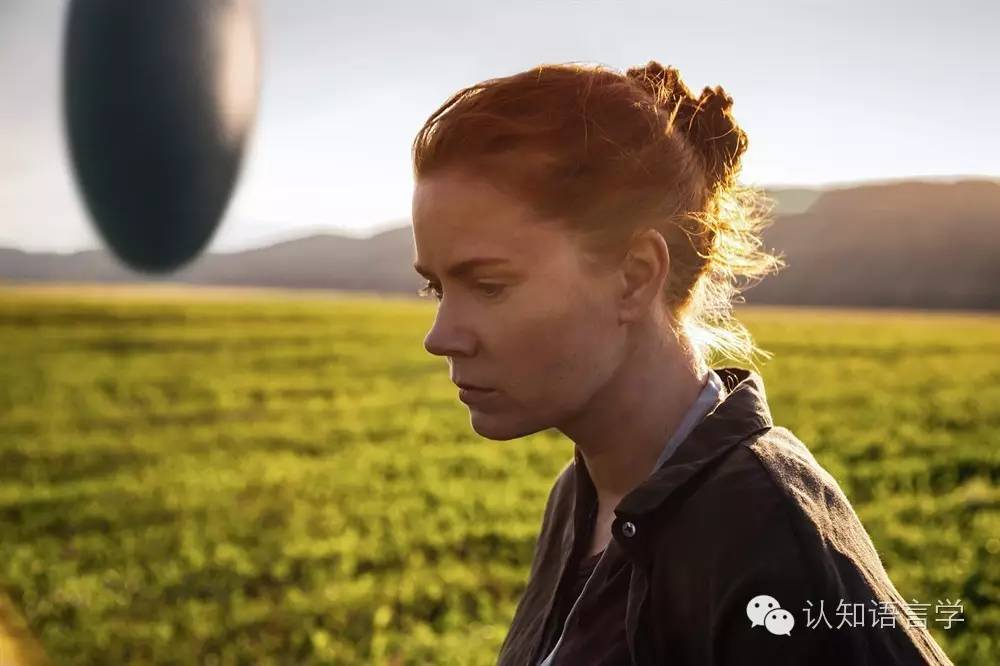降临:荧幕里的语言学
本文推荐:董粤章博士 天津大学
本文源自LinguistList上的邮件讨论
欢迎各位就此议题做继续讨论,建议加入邮件组–>CogLing 开通邮件列表(邮件刚刚已经转发。如错过,请发信给 info@cognitivegrammar.org 管理员会转发邮件给你)
当然,在本文留言亦可。
Arrival: Linguistics on the Silver Screen
Arrival begins with the appearance of 12 alien spacecrafts landing in various
countries on Earth. As a result, Dr. Louise Banks, a professor of linguistics,
is contracted by the US military to decrypt the alien’s language and
orthography, which appears as non-linear circular symbols. To do so, Dr.
Banks uses a whiteboard and markers to communicate with the aliens. The
simplicity of this solution was comically juxtaposed by the intricate
machinery used by the physicist working alongside her. As usually, simplest
solutions turn out to be be most ingenious. She uses fieldwork techniques that
many linguists who do language documentation would be familiar with. She
begins by teaching the alien lifeforms her name in attempts to elicit the same
information back and moves on to more complex concepts once basic words are
established. One of the most exciting aspects of watching the movie as a
linguist was seeing how well they portrayed fieldwork, particularly the
moments when she has been mulling over a theory and has a break through.
Unlike many fields portrayed in movies, Dr. Banks isn’t portrayed as someone
who can magically solve the riddle of the language immediately but has to work
through the language like any other linguist would.
The film doesn’t just use linguistic fieldwork methods to drive the plot
forward but utilizes popular linguistic theories at its thematic center. The
film’s plot relies heavily on an extrapolated version Sapir-Whorf Hypothesis.
In particular, Benjamin Lee Whorf’s theory of linguistic relativity, and his
discussion of Hopi time. This theory suggested that the Hopi people did not
consider the passing of time as a linear progression of days but rather as a
cyclic return of daylight. The concept of time and language is central to the
film’s plot and Dr. Banks understanding of the alien lifeforms’ language.
While this theory is largely contested by the wider linguistic community, the
film uses it as a thought experiment on how language could determine the way
in which we see and interact with the world. While the film takes it to a
degree that the linguistic community at large would find implausible, the film
does do a decent job of extrapolating on Whorf’s theory while maintaining the
basis of it. More importantly, the film highlights the fact that language is
the basis for how we interact as a society and that part of linguistics is
trying to better understand humanity through how we communicate.
Despite the fact that her office appears only in a few short scenes early in
plot, the filmmakers also put in the time and effort to create a linguistic
space for Dr. Louise Banks to inhabit. Leading up to the film’s release, Ben
Zimmer at the Language Log (http://languagelog.ldc.upenn.edu/nll/?p=28924)
documented the painstaking detail with which the filmmakers modeled Dr. Banks’
office, visiting the offices of the film’s linguistic consultants–Jessica
Coon, Lisa deMena Travis, and Morgan Sonderegger–taking pictures, mapping the
space, and even renting stacks of books from the real-world linguists to
intellectually populate the fictional linguist’s world. Eagle-eyed viewers
could spot the works of Andrew Carnie, Noam Chomsky, Roman Jakobson, and even
Jessica Coon herself, as well as a biography of Ken Hale—whose pioneering
fieldwork in language documentation is particularly relevant to Dr. Banks’
role in the film. Screenwriter Eric Heisserer added that Dr. Banks’ most
prized books are those of Dan Everett, and that the set designer even sought
out a copy of Dan Everett’s work just to appear somewhere in the background of
Louise Banks’ life.
Despite the films accurate portrayal of fieldwork and its inclusion of
relevant linguistic theory, it still fails to shake some of the stereotypes of
linguists. One of which is the idea that all linguists are polyglots and know
a wide variety of languages. While having Dr. Banks be a polyglot aided the
plot, it perpetuates this stereotype that linguistics is about knowing
languages rather than understanding language. The film also implies that
linguistics isn’t scientific in its research with Dr. Donnelly stating, “The
cornerstone of society isn’t language—it’s science.” A line that is wrong on
many of its implications, and which Louise Banks does not go out of her way to
contest.
While the movie had its flaws, it was nice seeing a linguist doing accurately
portrayed fieldwork on the silver screen. Hopefully, Hollywood can take a hint
from the success of Arrival and put more linguists in the spotlight.
